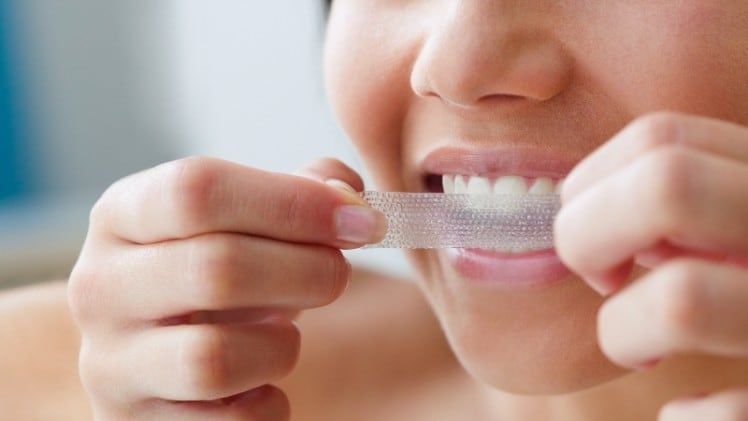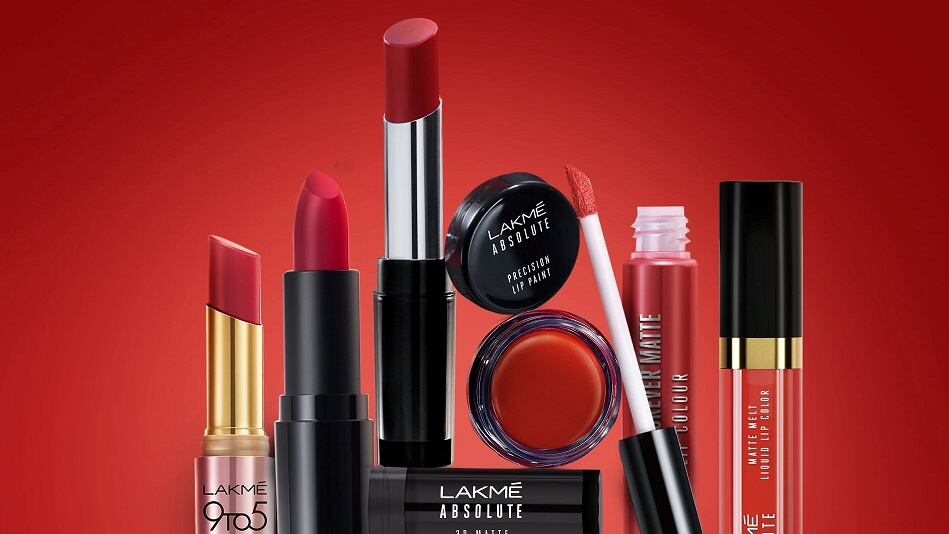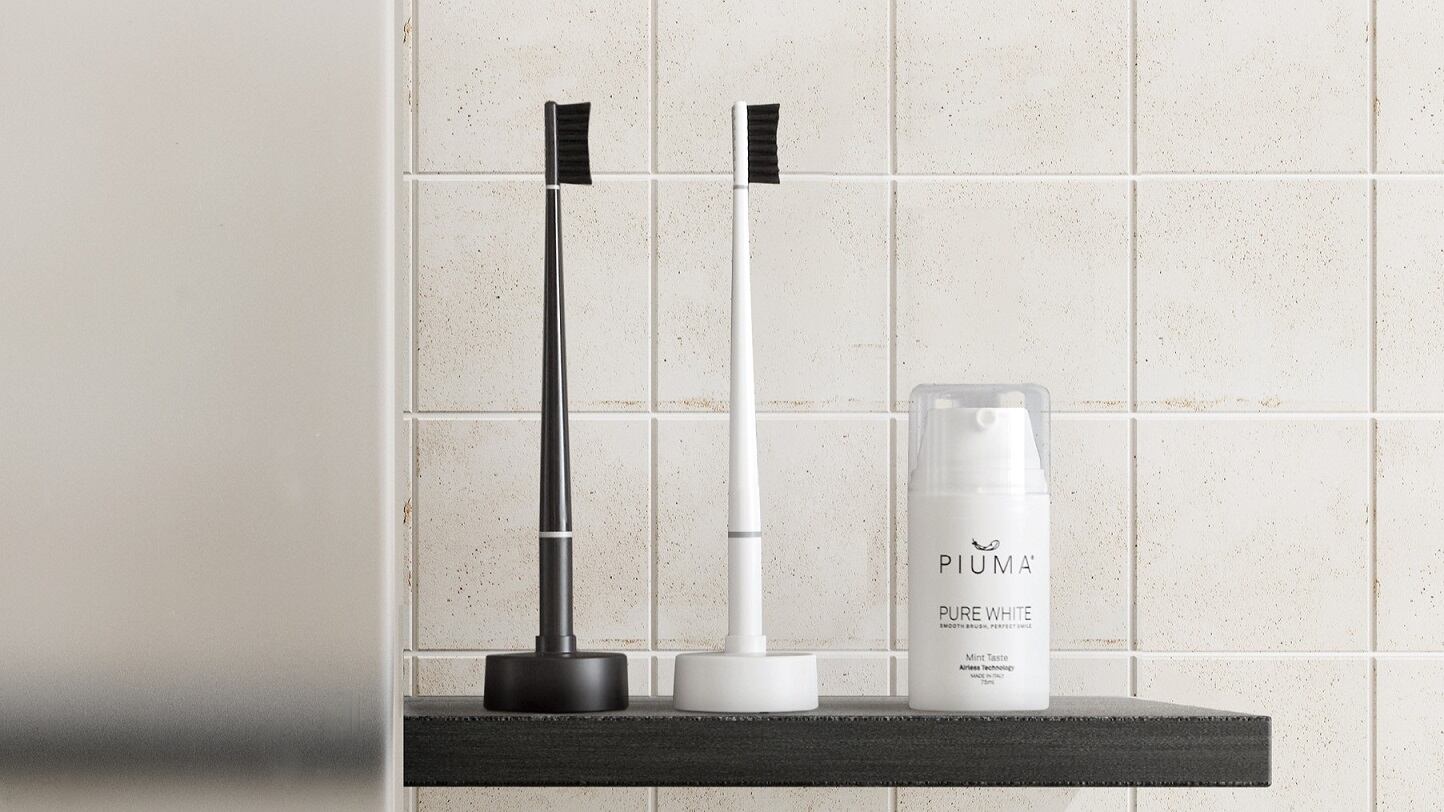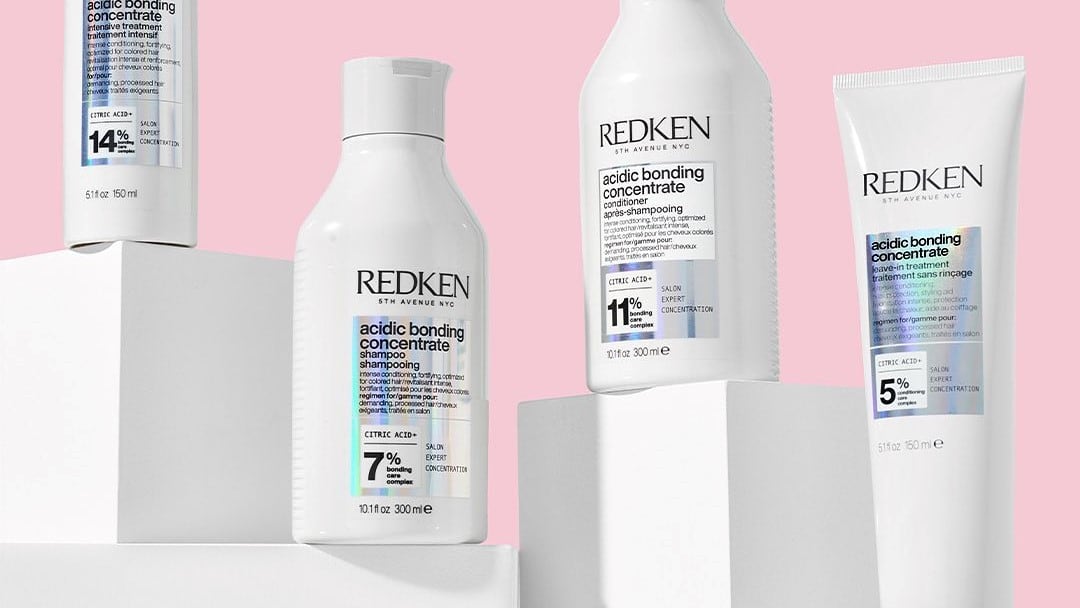The demands for high-performing products with new ingredients, technology, product formats, and packaging design are driving the growth of oral care in Asia, specifically in markets such as China, Japan, and South Korea.
“Oral beauty is one of the most dynamic markets in Asia, especially after COVID,” said Fei Xu, market intelligence director, Asia Cosme Lab.
When it comes to choosing oral care products, the top two considerations consumers take into account are function, followed by ingredients.
Xu highlighted a wide range of ingredients that Asian oral care brands have started to utilise, including skin care ingredients such as hyaluronic acid.
For instance, Chinese brand Blispring uses a 93% high-purity hyaluronic acid in its Microbiome Whitening Toothpaste which it claims helps to nourish the gums.
The formula also contains multiple probiotics to combat harmful bacteria as well as niacinamide for teeth whitening.
“There are many inspirations coming from skin care in terms of ingredients and benefits, that's why we see that oral care is really the extension or the new frontier of skin care in Asia market,” said Xu.
Oral care major Colgate, for instance, released the Miracle Repair Toothpaste in China which and patented 99.8% amino acid to decrease plaque bacteria and reduce gum inflammation.
In South Korea, oral care brand Gentist includes 1000ppm fish collagen as well as green tea extract which it claims helps to promote collagen production and keep gums healthy.
A booming market
Xu was speaking at in-cosmetics Global, an ingredients trade show which took place on April 16 to 18 in Paris, France.
He noted that in 2023, the oral care market in China reached USD17.8bn, accounting for one-third of the global market. It was estimated that the market would be worth USD21.4bn in 2025.
In Japan, the market exceeded USD1.98bn in 2023, driven by high-value products that cater to consumers aged 50 and above.
The category is fast-growing in South Korea, where sales in premium toothpaste has grown by 45% in 2023. The category is expected to be worth USD2.48bn in 2024, with an annual growth rate of 1.3%
Xu attributed the surge in oral care to the shedding of surgical face mask usage after the COVID-19 pandemic.
He explained that people became self-conscious about revealing the lower part of their face after years of mask-wearing.
Interest in oral care further accelerated with the lip care boom observed in recent years.
“Again, with the removal of masks, the importance of lip care was heightened. In Asia, we’ve seen consumers want to get perfect lips and adopt a more sophisticated routine to achieve their perfect smile. When you smile, you have to reveal your teeth and it needs to be shining and bright. This is also a big reason behind the dynamism of oral beauty,” said Xu.
In addition to function and ingredients, consumers are also paying attention to interesting packaging concepts and product formats in the oral care category, said Xu.
“What we see is increasing and important to cater to the attention of consumers is the design of the packaging and the format which can meet their daily life needs and especially their lifestyles. How to beautify your product and make it flexible, easy to use, and attractive, are very important.”





